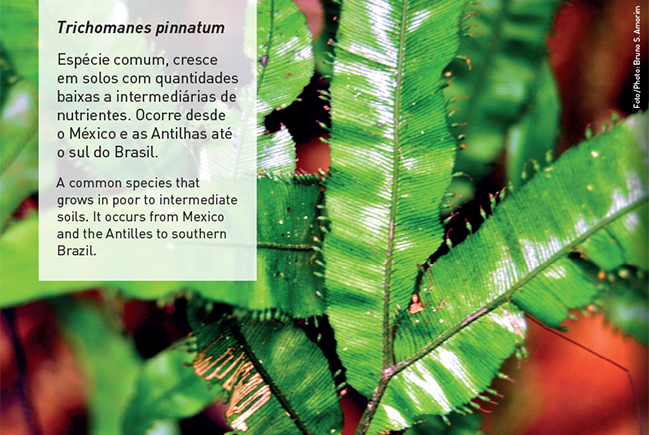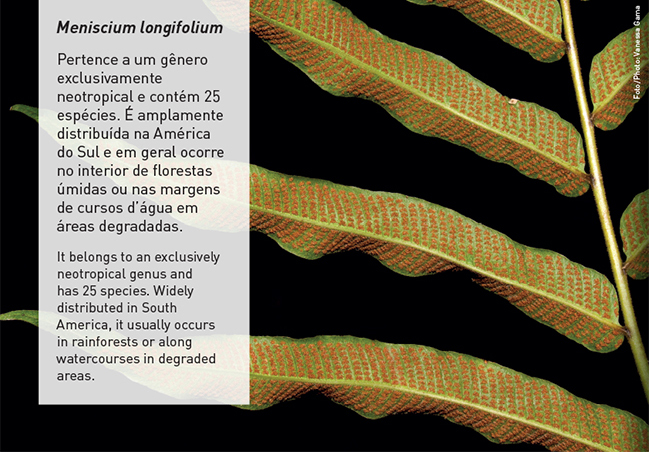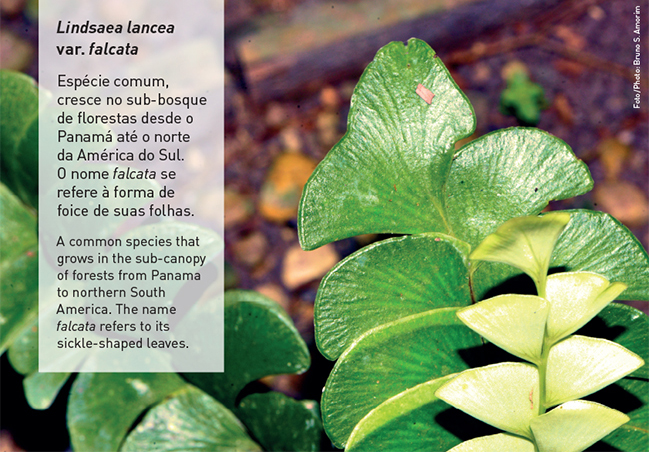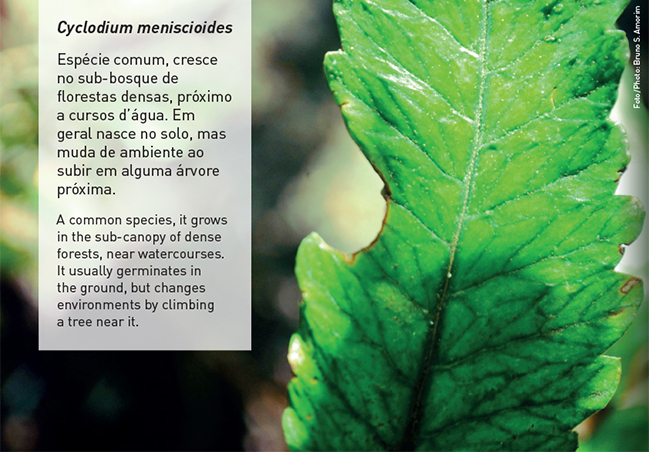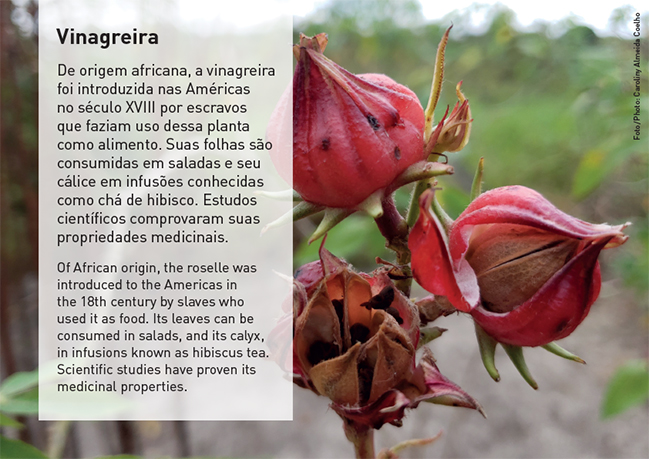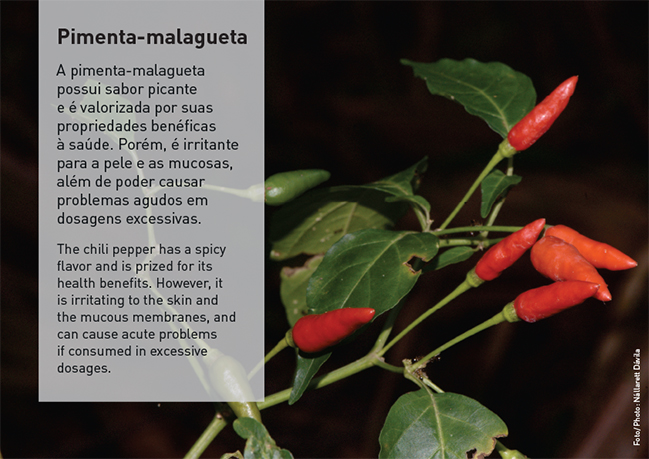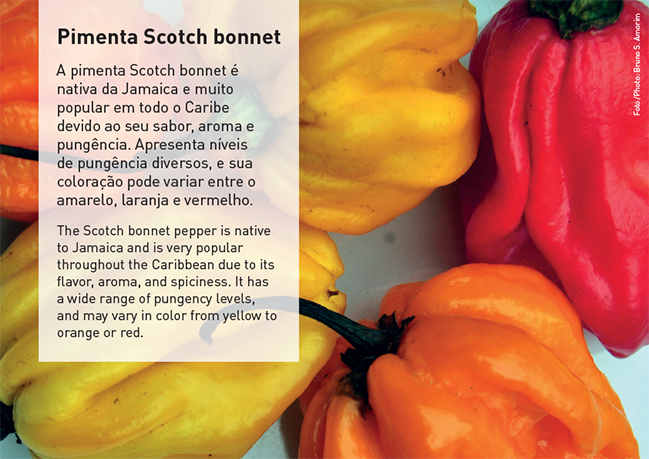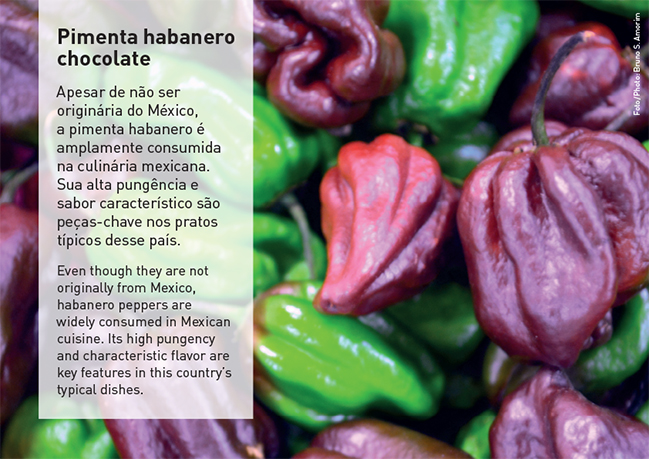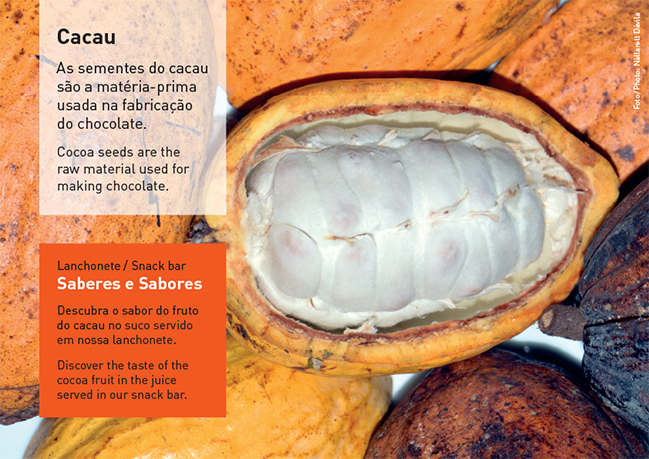Sensory garden
But what good is it for you to know botany?
(from a short story by Machado de Assis)
Astonishing as it may seem, we know that bananas share about half of their genetic material with humans!
What else do plants and humans have in common? Some of these traits might explain their ability to feed, heal, intoxicate, numb, calm down, or excite humans, insects, and other living creatures. What do plants store that is so valuable?
Some are acid or spicy to the taste. Others exude fascinating fragrances and dress in dazzling colors.
While our garden labels follow botanical protocols, the museum is particularly interested in finding out how plants are classified by traditional cultures whose knowledge is based on concrete perceptions.
How do plants communicate, defend themselves, attack, and attract insects, birds, and animals? Pollen vectors help with reproduction, but how can they tell what helps, what preys, what confuses? Do plants have a memory?
With deep roots and unable to move, escape, or seek anything, they communicate with allies, invaders, or predators by exuding attractive scents or storing toxic substances in their bark, resin, or leaves.
Trails in the sensory garden allow visitors to observe the plants’ virtues in
well-kept vases tended by the empathy of those who inquire and the ceremony of those who fear.
The garden is a laboratory, a labyrinth of enigmas that give us clues about how plants adapt to the challenges posed by their lack of mobility.
There, we find species known for their nutritional, medicinal, and ceremonial values, plants that are present in our daily lives or that we don’t know, which when studied stimulate our curiosity in understanding and responding to the question but what good is it for you to know botany?

